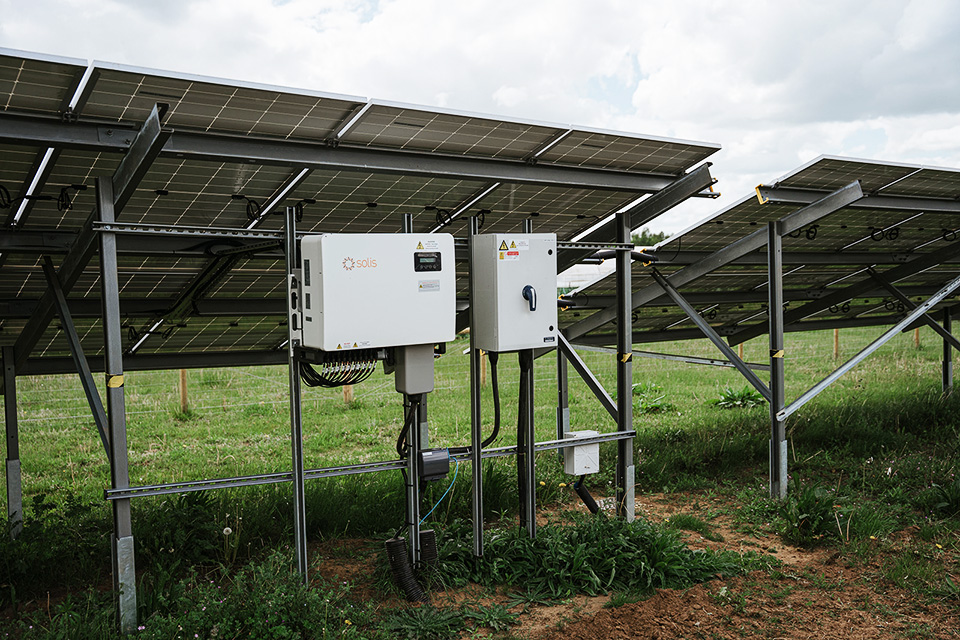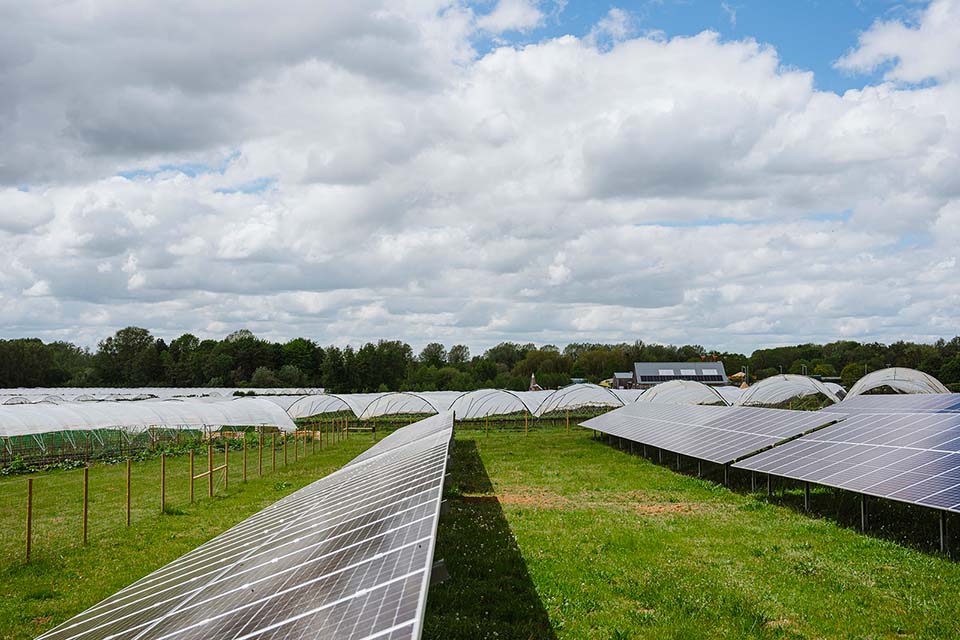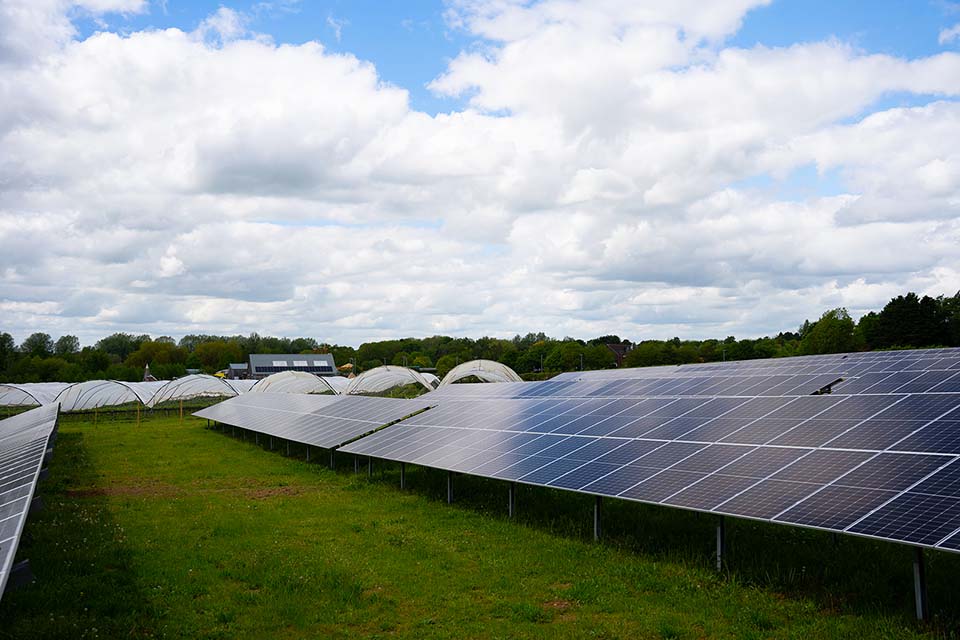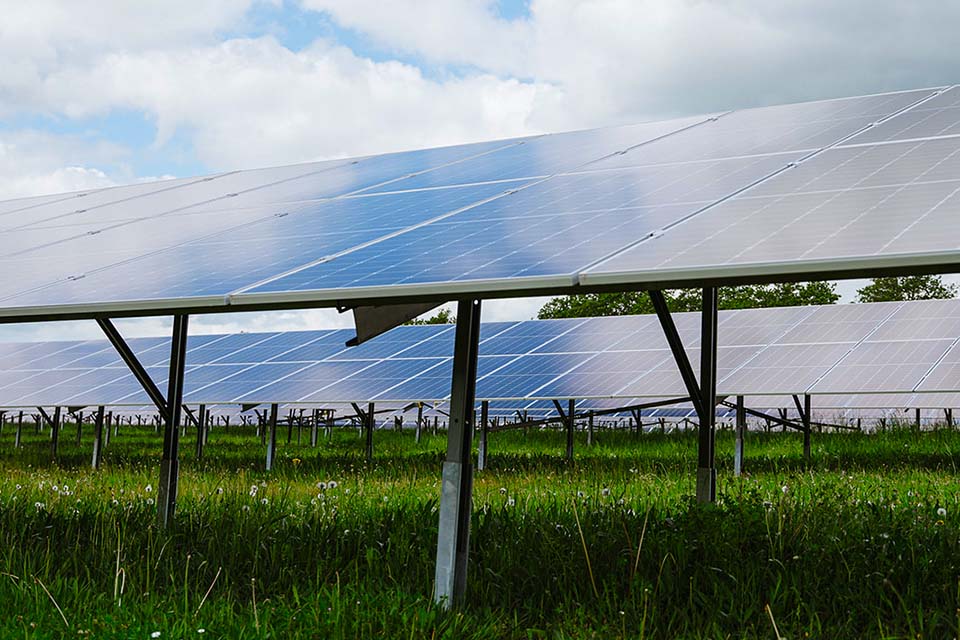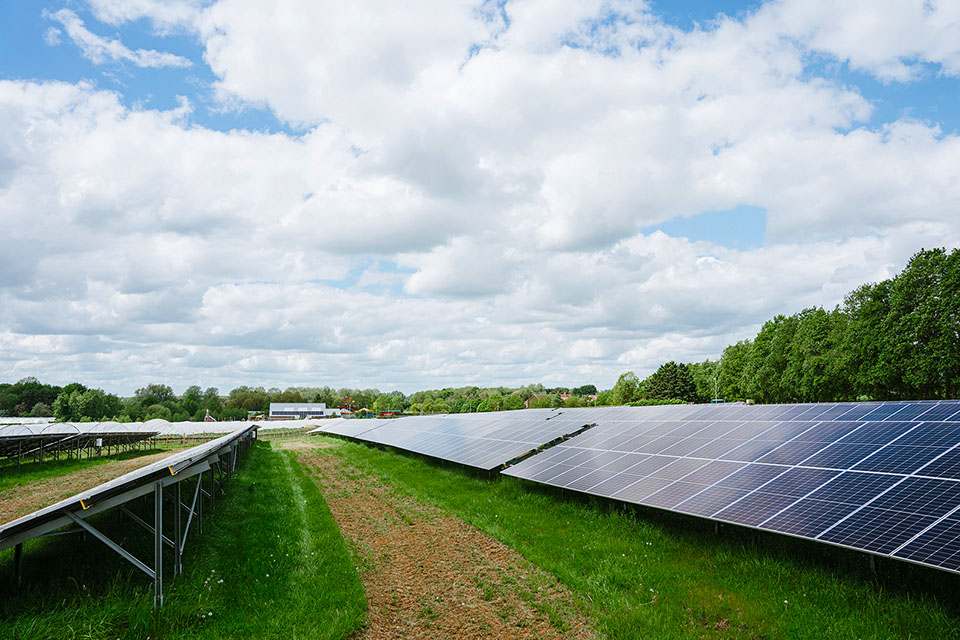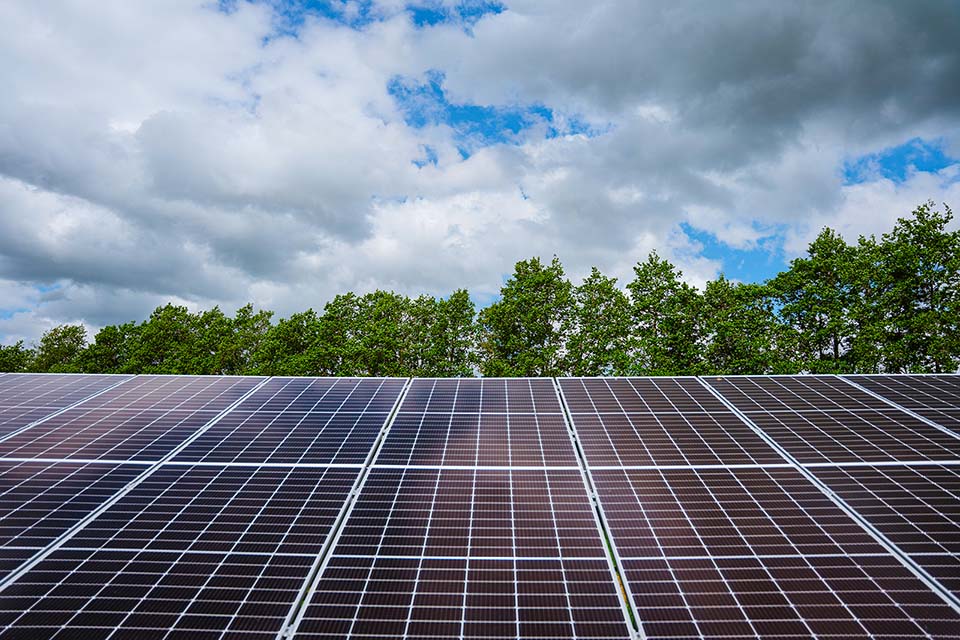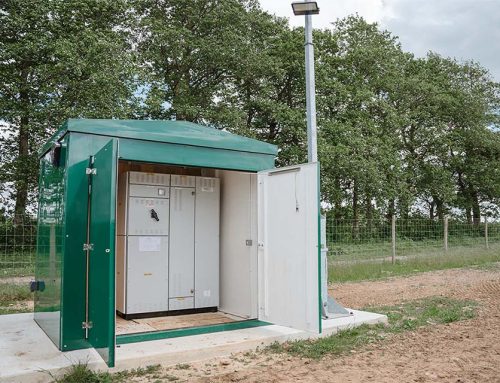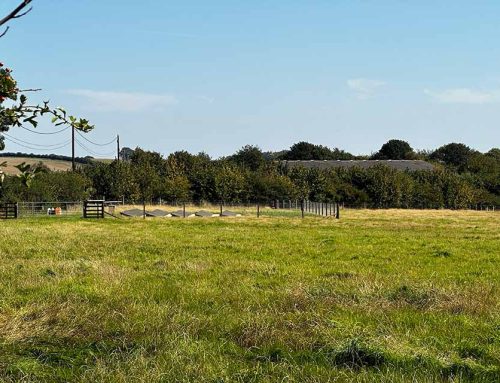Millets Farm Solar Project
Project Overview
The Millets Farm Solar Project was initiated with the objective of significantly reducing the farm’s dependency on grid electricity through the installation of solar power systems. Located at Millets Farm Centre, a family-owned farm and visitor attraction in Frilford, Oxfordshire, the project is an important part of the farm’s sustainability goals. The project involved the installation of solar arrays on the farm’s Play Barn roof and an adjacent field array, totaling 800 kWp of solar capacity.
Objectives
Key Details
The primary goal of the Millets Farm Solar Project was to generate clean, renewable energy to meet a significant portion of the farm’s electricity needs. The farm already had a high electricity demand, particularly for its operations and visitor services, and the solar installation aimed to reduce energy costs, improve energy security, and contribute to a lower carbon footprint.
A secondary goal of the project was to export surplus energy to the grid, benefiting from a feed-in tariff agreement with Scottish Power, offering 12p/kWh for exported electricity. The project also included provisions for handling future expansion of the farm’s facilities.
Implementation
The solar system was split into two independent installations:
1. Play Barn Solar Array:
• Capacity: 83.23 kWp
• Solar Panels: 203 JAM54S30-410MR panels, each rated at 410 watts.
• Estimated Annual Generation: 69,392 kWh
• CO₂ Savings: 18 tons of CO₂ avoided annually.
• Payback Period: 3 years and 8 months with lifetime savings estimated at £721,111.
2. Field Solar Array:
• Capacity: 717 kWp
• Solar Panels: 1,434 JA Solar JAM66S30-500MR panels, rated at 500 watts each.
• Mounting System: Ground-mounted in a portrait configuration.
Key Details
Energy Demand and Financial Performance
Prior to the solar installation, Millets Farm’s energy demand was substantial due to the farm’s varied operations, including retail, visitor attractions, and agricultural processes. The solar arrays were installed to cover a large portion of this demand. The Play Barn array alone is expected to meet 41% of its energy needs, while the entire project will contribute significantly to reducing the farm’s overall grid dependency.
The export of excess energy at 12p/kWh provides additional revenue, further enhancing the financial viability of the project. The combination of energy savings and revenue from exported energy is projected to yield substantial long-term savings.
Commissioning and Technical Upgrades
The project was commissioned on 24th April 2024, with a witness test performed by an SSEN commissioning engineer. This milestone confirmed that the system was fully operational and capable of meeting both on-site energy needs and exporting surplus energy to the grid.
As part of the project, a transformer upgrade from 500 kVA to 1 MVA was necessary to accommodate the increased electricity generation. This upgrade was carried out smoothly on 26th March 2024, with the site running on a backup generator to ensure no loss of business. The upgrade was crucial for ensuring that the farm could handle the higher energy generation capacity.
Challenges and Solutions
The primary technical challenge was managing the increased demand for electricity and ensuring that the new solar system could seamlessly integrate with the existing infrastructure. The transformer upgrade addressed these concerns, and the smooth operation during the upgrade demonstrated effective planning and execution.
Additionally, the farm had to ensure that its operations were not disrupted during the installation and commissioning phases. By planning the work carefully and using backup systems, the project was completed without impacting daily operations.
Environmental and Economic Benefits
The environmental benefits of the project are significant, with the system expected to avoid 18 tons of CO₂ emissions annually. Over the system’s lifetime, this reduction is equivalent to planting 3,330 trees or avoiding over 500,000 km of car travel.
Economically, the project provides substantial savings on electricity bills. The Play Barn system alone is projected to generate annual savings of £19,608 and a total lifetime savings of £721,111. The payback period of less than 4 years makes this project a financially attractive investment.
Conclusion
The Millets Farm Solar Project serves as a successful example of how renewable energy can be integrated into a diverse and busy commercial environment. Through careful planning, technical upgrades, and the use of cutting-edge solar technology, the project has significantly reduced the farm’s reliance on grid electricity while contributing to its sustainability goals. The smooth execution of the project, combined with the long-term economic and environmental benefits, ensures that Millets Farm remains a leader in green energy adoption in Oxfordshire.

